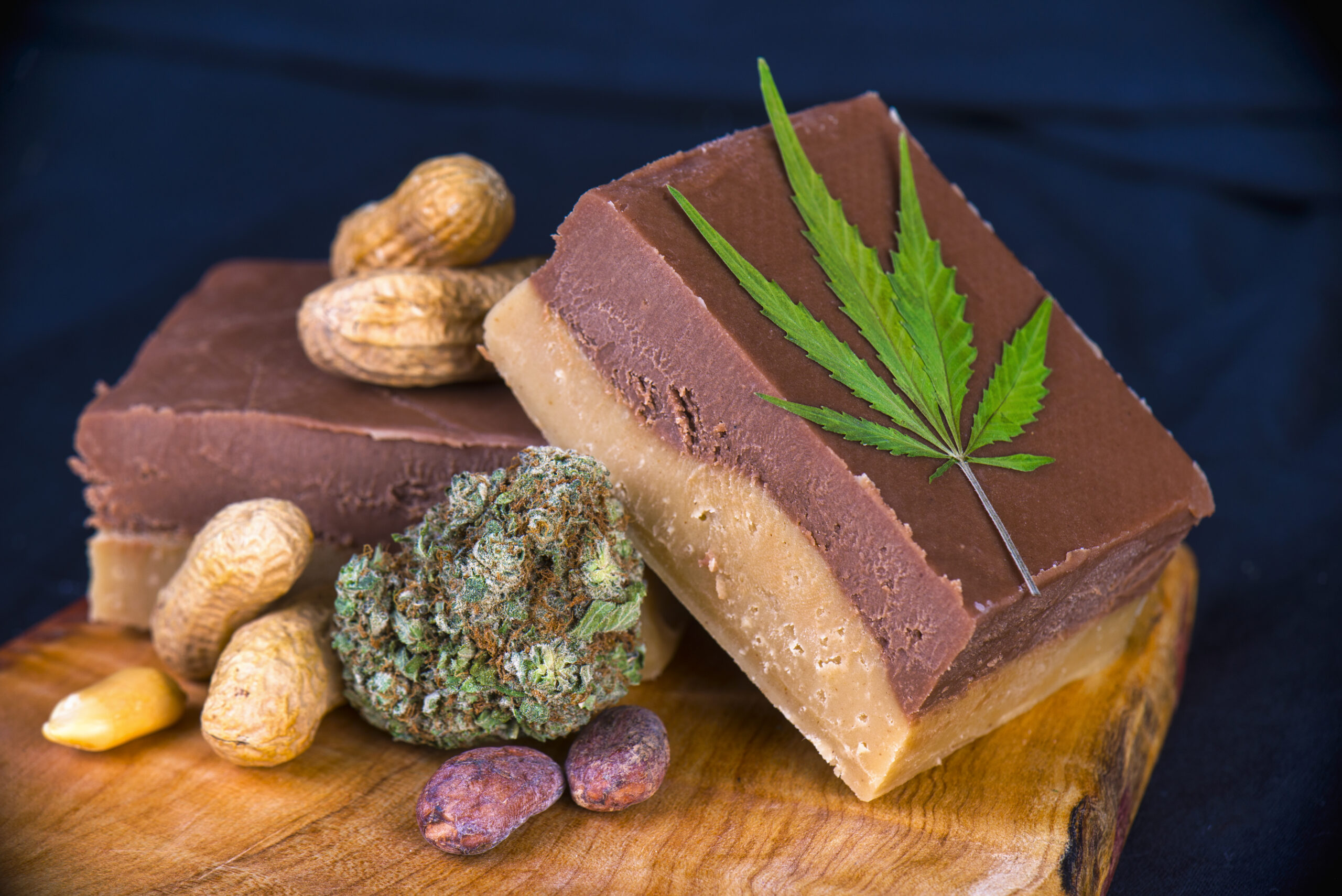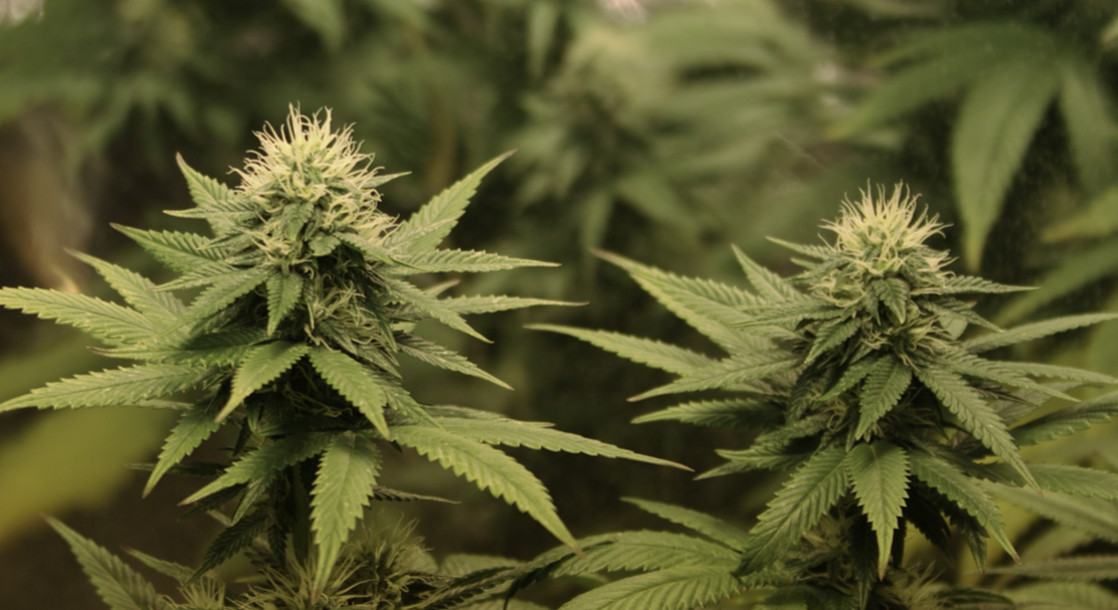Once, at a pub trivia night, I shared some of my pot gummies. “Do you want a whole one?” I asked, cautioning them that the 10mg-of-THC gummy would probably pack a bit of a punch. With one exception, this warning was not well-heeded: by the end of the game, the state of the weed-friendly faction of the team ranged from goofy and smiley, to nearly catatonic. But they were all rendered useless when it came to actually answering questions. I don’t hand out weed gummies at trivia anymore.
My reasoning at the time was this: a 10mg edible will get most casual cannabis users high. It is an entirely functional dose that, for recreational purposes, has come to serve as a common benchmark when trying to standardize a substance like edible cannabis, that does not necessarily lend itself to standardization. So when Health Canada was developing its regulations for edibles — the draft regulations were released in late December — they capped the strength of edibles at 10mg per package. It made logical sense, if only because it seemed to strike a decent balance between not being too strong, while still getting people baked.
According to Health Canada, it was also the general consensus of those they had consulted while working on the regulation pre-legalization. “Among the proposals set out in the November 2017 consultation paper, it was proposed that a limit of 10 milligrams of THC per dose or unit for any cannabis product intended for ingestion be established, which most respondents supported,” says Tammy Jarbeau, a spokesperson for Health Canada (who are developing the regulations), in an email.
The overarching logic to the way Health Canada appears to be regulating edibles is to approach them with an abundance of caution. They’re aware both that the delayed onset of effects, as well as personal variations in tolerance and response, can make edibles a chaotic and unpredictable section of the cannabis industry. Setting a 10mg cap is certainly a way to impose some semblance of order onto that chaos.
But is it actually a good idea?
A more accurate way to think about it might be to ask: For whom is a 10mg cap a good idea? A problem inherent in developing regulations for ‘the cannabis market’ is that the cannabis market actually comprises a bunch of different constituencies who are divided between medical and recreational users (or those who see no distinction between the two in the first place), and all of whom have slightly different physiological responses to cannabis products.
When it comes to edibles, this is most apparent in long-time medical users, who as a demographic, have been pretty open with their critiques of the proposed cap on edible strength.
“I make 150mg capsules, and I can take two or three at a time,” says Mark Spear, a home medical cannabis grower and owner of Burnstown Farms, who are hoping to grow commercially this year. “That is a ridiculous amount for a new user, and that would provide a terrible experience. But I’ve worked up to that, you know, over a number of years. It gets to the point where 100mg — it barely affects me at all.”
The draft regulations, if implemented as written, would regulate the medical cannabis market as well as the recreational market, despite serving different demographics who are using cannabis for different needs. Collapsing those distinct markets into one set of regulations has logistical appeal, but tends to complicate things for medical users. It effectively erases the things that make medical cannabis use different than recreational. And more often than not, it’s the medical users who bear the weight of this, rather than the other way around.
“I think there really should be a distinct system,” Spear told MERRY JANE. “More advanced users that are using it for medical purposes should have more options available to them. And if they're on the supervision of a healthcare professional there's no safety risk of taking those higher strength
-
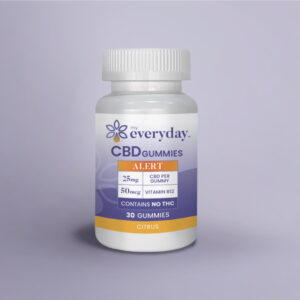
Alert Gummy
Read more -

Balm1000 (Extra strength)
Read more -
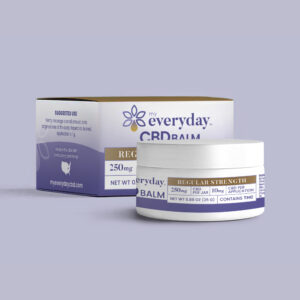
Balm250 (Extra-strength)
Read more -

Daily Care Oil (Citrus 800)
Read more -

Daily Care Oil (Citrus 800)
Read more -

Daily care Oil (Citrus)
Read more -

Daily Care Oil (citrus)
Read more -

Daily Care Oil (mint 800)
Read more -

Daily Care Oil (mint 800)
Read more -
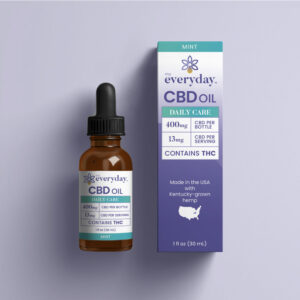
Daily Care Oil (Mint)
Read more -
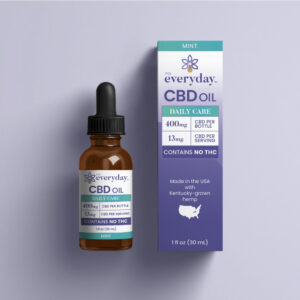
Daily Care Oil (mint)
Read more -
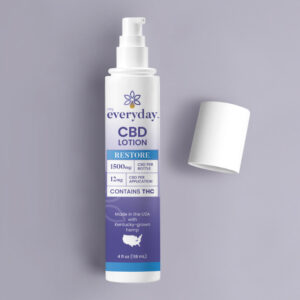
Lotion1500 (Restore)
Read more -

Roll-on (Freeze)
Read more -
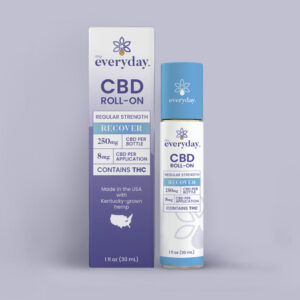
Roll-on (Recover)
Read more -
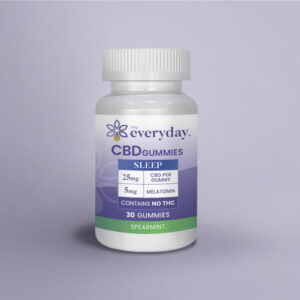
Sleep Gummy
Read more
There is a common myth that has been floating around with some persistence, that THC is the recreational part of the cannabis plant, while CBD is responsible for the medicinal aspect. Despite efforts to combat this myth, the limiting of THC in edibles, (while CBD is subject to no such limits) can have the appearance of perpetuating it (even if, in reality, the difference is concerned with regulating impairment). While Health Canada acknowledges that THC has myriad potential medicinal properties, the concern over impairment means that medical users can have access to CBD in as high a potency as producers are willing to make, but THC comes with strict caps. This is true of edibles, but also of all the other cannabis products.
Medical users often get their backs up a little bit at this, arguing that higher concentrations of THC should be permitted for medicinal use, despite being more intoxicating. “It’s completely false to think that THC has no medicinal value,” says Spear. It is, to some, another way that the goals of regulating a recreational market are divergent from that of a medical system. There are no easy answers to this, but it could be argued that writing product regulations with a single brush does little to help resolve it.
There are some outside the medical system that draw issue with the 10mg cap as well, suggesting that it is over-regulation. “Although a 10mg dose amount is in line with what other jurisdictions have done, take Colorado for example, I question why we have a milligram limit at all,” says David Clement, North American affairs manager with the Consumer Choice Centre, in an email. “We allow for consumers to purchase more than the lethal dose of alcohol (often at government run stores).” Clement told MERRY JANE that this is evidence that “the prohibition mindset is still alive and well.”
But within the recreational industry, there’s more support for the idea of a 10 mg dose restriction. Throughout the industry there has been a focus on ensuring that people’s experiences with cannabis are manageable and not overwhelming. Some might see that as over-regulation, but it is also seen as an appropriate way to prevent bad experiences. But there is still lots to quibble about.
“I think 10 mg of THC is reasonable, but ideally it should be per serving, not per package,” says Lisa Campbell, CEO of Lifford Cannabis. “Ideally, you could have one product subdivided into multiple servings similar to how a bottle of wine can be poured into glasses as a suggested serving, or an infused chocolate bar can be divided by squares.”
The specification of the regulations to limit the concentration of THC per package drew plenty of criticism online, and maybe not unfairly: it’s a regulation that, if approved, would make a product like a bag of infused gummy bears or lozenges against the rules. And, as Campbell points out, it would make it less likely that the market will see products that are meant to be shared.
Others still are on board with capping it at 10mg. “I think it’s perfect,” Dooma Wendschuh tells MERRY JANE. Wendschuh is the CEO of Province Brands, who have developed a beer brewed with cannabis that’s non-alcoholic, tastes like beer, and packs a reasonable 6.5 mg of THC per beer.
“Anyone who says that the 10 mg isn’t enough to make a good beverage or a good edible is just not creative enough to solve that problem, and they shouldn’t be operating a business, in my opinion,” says Wendschuh. “It is a fine amount. You can make a very strong product with 10 milligrams, and you could also make a product that’s moderate. There’s ways to do that, if people want to explore those technologies and figure out ways to do so.”
Wendschuh draws issue with another proposed regulation that he says will complicate things for consumers and could exacerbate instances of over-consumption. The restriction against including additives into the product, he says, could prevent beverage (and edible) manufacturers from making products that are able to speed up the dose-response curve — how fast it hits. “The way to reduce over-consumption of edibles is to ensure that edibles and beverages are allowed to easily incorporate technology to have it hit you very quickly, as in fact ours does,” says Wendschuh. “If one takes an hour to an hour-and-a-half, it’s very easy to see how you could consume one and then believe ‘well, this isn’t doing anything,’ or ‘this isn’t doing very much, I’ll just take another.’ And then you end up in a situation where you have over-consumed beverages.”
Since edibles are still illegal — most people expect them to go on sale sometime around October — a lot of this is still all speculative. Edibles and drinkables can be finicky little things that don’t behave in entirely uniform ways. Sometimes a 10mg edible will knock you out, sometimes you might feel only a little high after two hours. (This is true of both black market edibles and current LP-made gelcaps, which are essentially just edibles in pill form, in my experience.) Figuring out how, exactly, to regulate this is not easy — and it’s a hard sell to say that as a government, you can restrict your way to appropriate dosages.
The answer, says Spear, is less to regulate the product and more to educate the consumer. “The one major change I would like to see would be multiple servings per package, to a limit of 100 milligrams for rec use, with clear education at the point of sale of how to start low and go slow,” he says.
At some point, you just have to trust people not to ruin their own experiences. “You don’t sell beers by the single, just in case someone drinks the whole case, right?”


